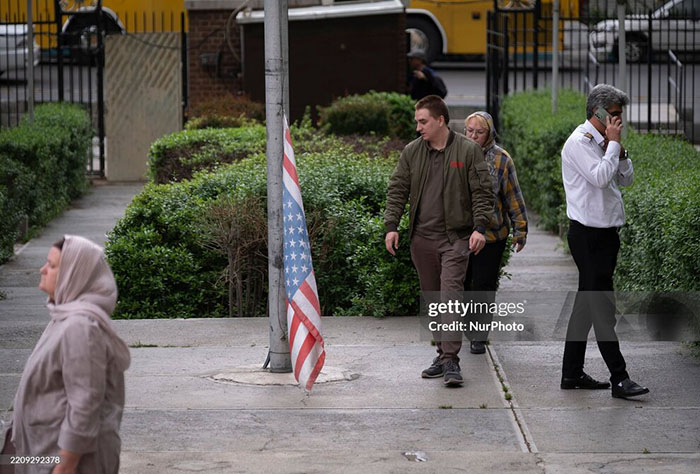The architecture itself symbolized an era of American optimism, modernity, and institutional influence. It was part of a broader U.S. strategy to establish strong footholds in key global locations during the Cold War. For years, the embassy played a crucial role in facilitating diplomatic engagement, managing intelligence operations, and supporting American economic and strategic goals in the region.
Political Background Leading to the Crisis
U.S.-Iran relations in the mid-20th century were complex and often contentious, though they grew considerably closer following the 1953 coup d’état orchestrated by the CIA and MI6, which overthrew the democratically elected Prime Minister Mohammad Mossadegh and reinstalled Mohammad Reza Shah Pahlavi as monarch. This event left a deep scar in Iran’s political consciousness, and the embassy was widely seen by many Iranians as a symbol of imperial intervention and foreign domination.
The Shah’s increasingly autocratic rule, supported militarily and financially by the United States, drew widespread resentment. His aggressive modernization campaign, secular reforms, and political repression led to public unrest. In 1979, a broad coalition of clerics, students, and leftist forces led by Ayatollah Ruhollah Khomeini successfully overthrew the Pahlavi monarchy and established the Islamic Republic of Iran.

